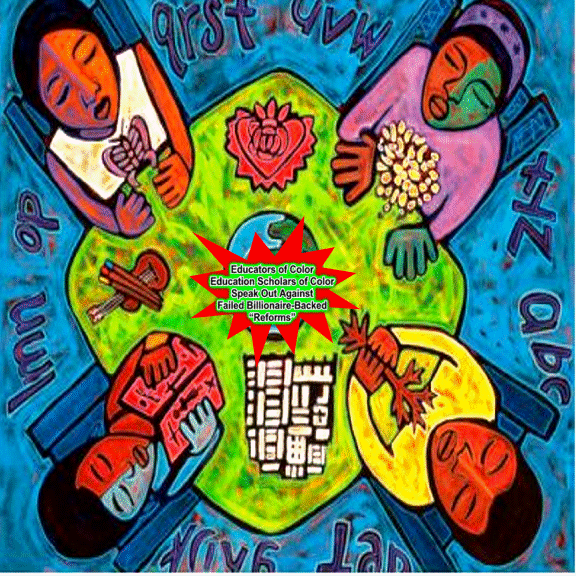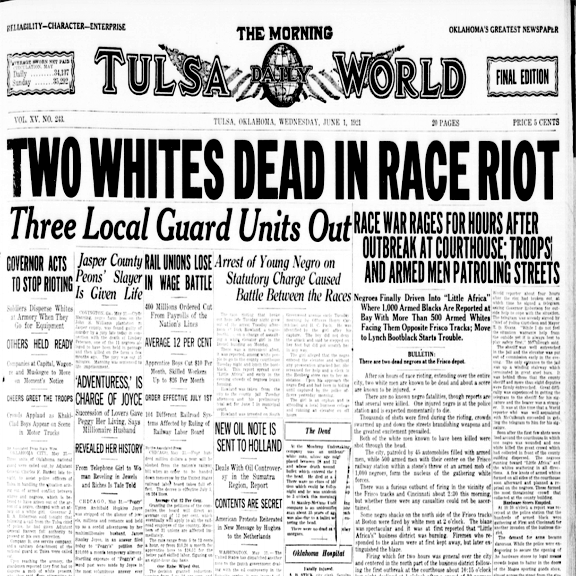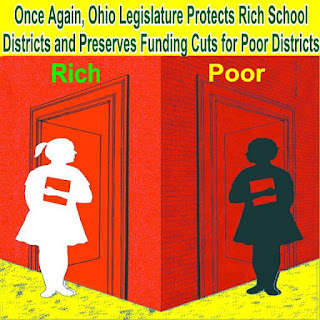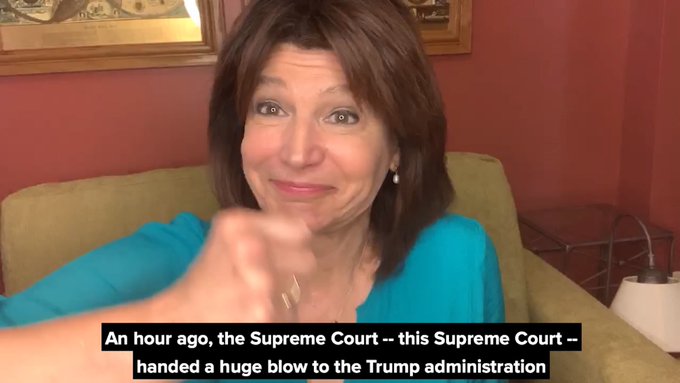Educators of Color and Education Scholars of Color Speak Out Against Failed Billionaire-Backed “Reforms”
Over 600 educators of color and education scholars of color have signed a statement opposing failed billionaire-backed “reforms” intended to privatize public schools and deprofessionalize teaching.
The statement was drafted by Kevin Kumashiro and can be found on his website, along with the list of those who signed it. People continue to sign on to demonstrate to the public that their rightwing campaign is not fooling educators and scholars of color.
All Educators of Color and Educational Scholars of Color in the U.S. are invited to sign on (please scroll down to sign)
THIS MUST END NOW:
Educators & Scholars of Color Against Failed Educational “Reforms”
The public is being misled. Billionaire philanthropists are increasingly foisting so-called “reform” initiatives upon the schools that serve predominantly students of color and low-income students, and are using black and brown voices to echo claims of improving schools or advancing civil rights in order to rally community support. However, the evidence to the contrary is clear: these initiatives CONTINUE READING: Educators of Color and Education Scholars of Color Speak Out Against Failed Billionaire-Backed “Reforms” | Diane Ravitch's blog






























